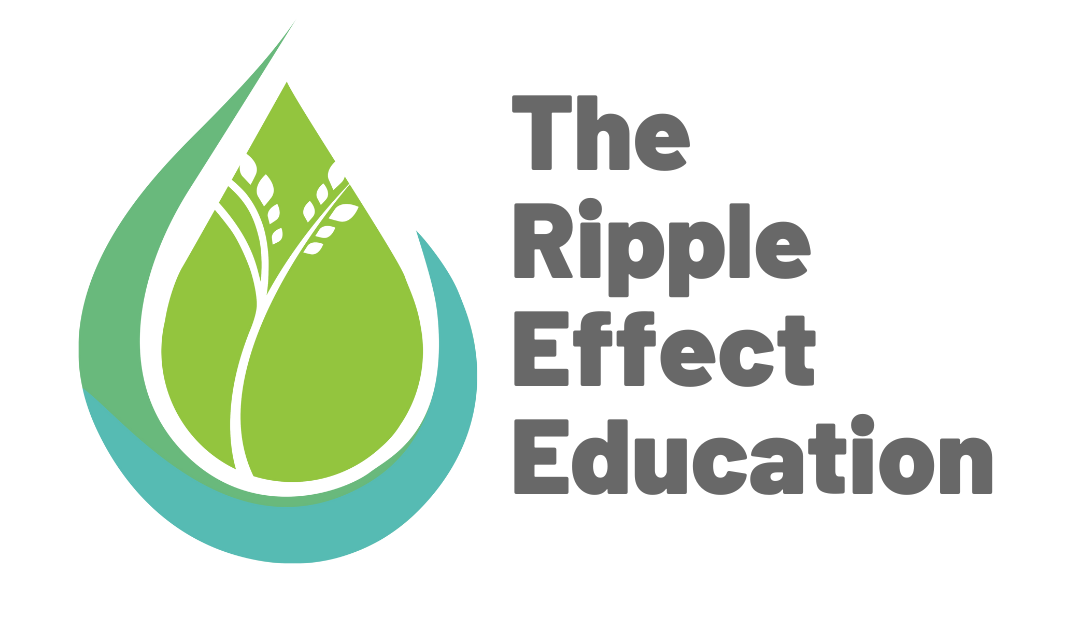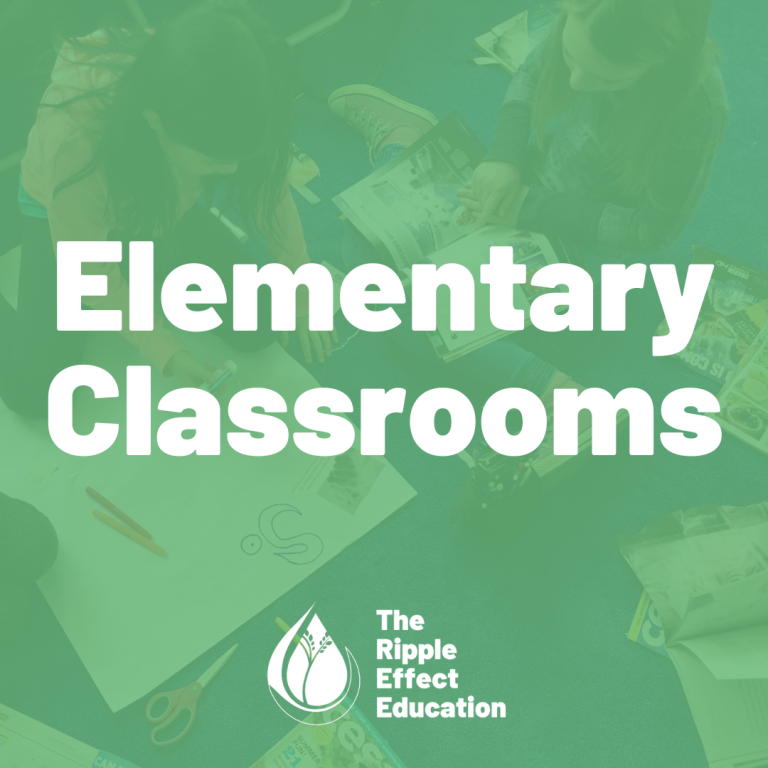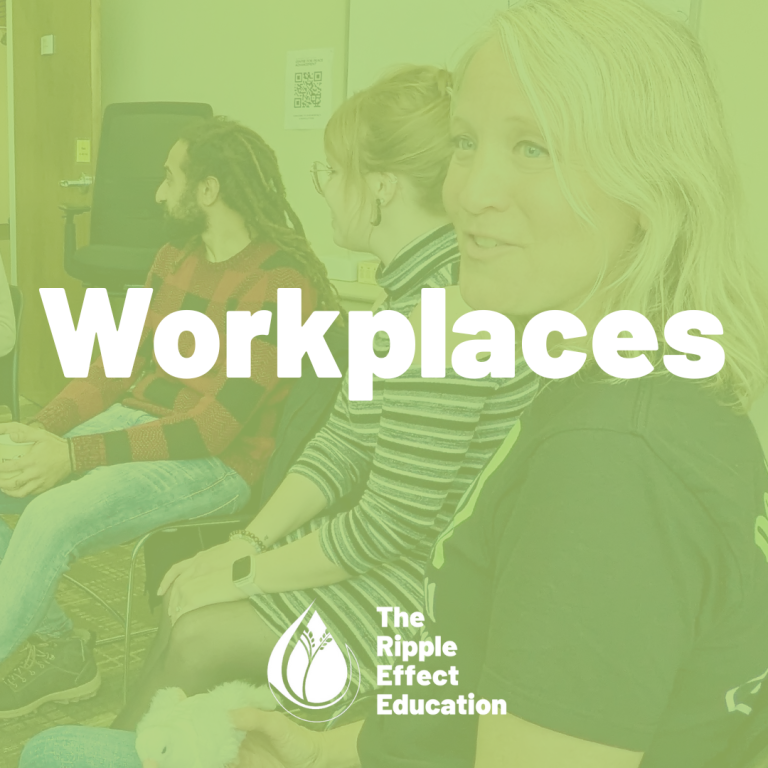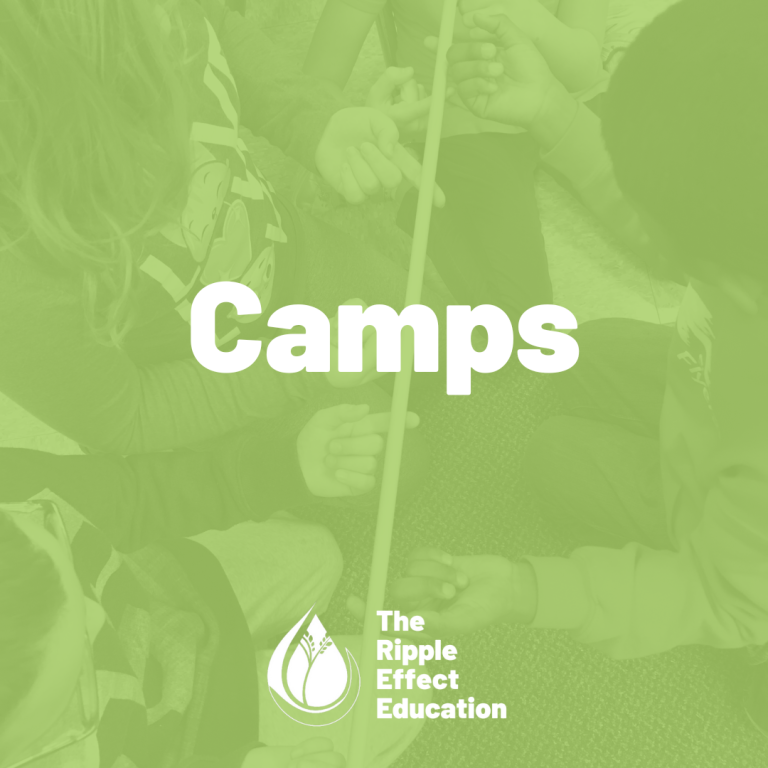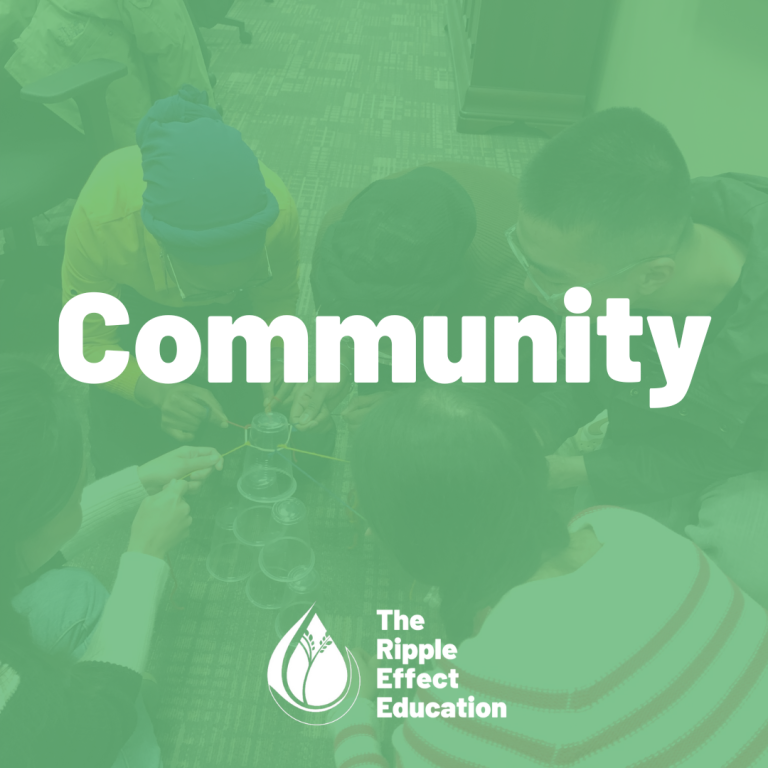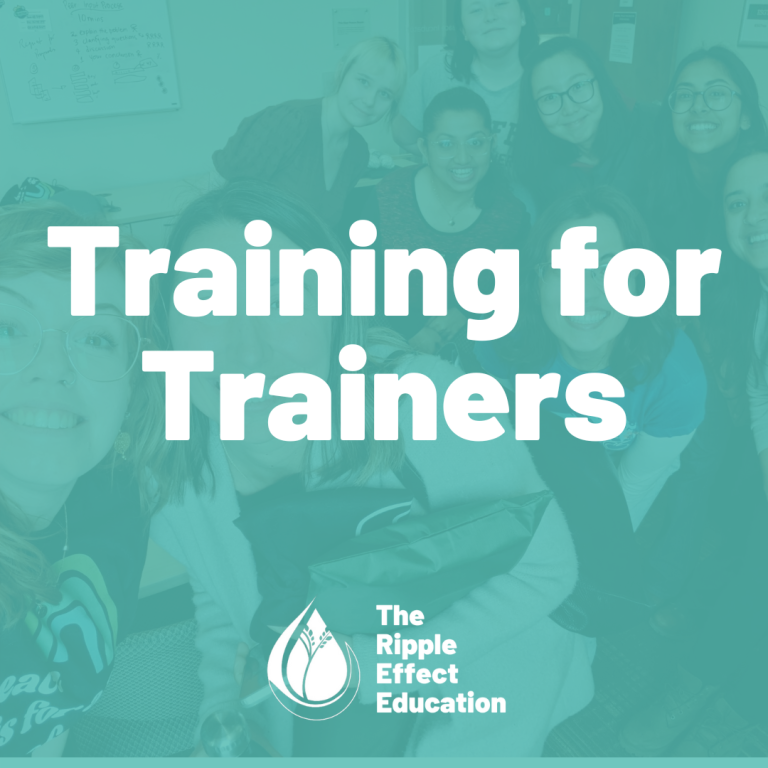Have you ever been in conflict with someone where it seems like there is no solution because your views on a topic are so opposite? Have you ever felt like you couldn’t even enter into conversation about a topic because you felt you had no common ground? In these situations, it is easy to give up and feel like your relationship with the other person is ruined.
At TREE, we teach that conflict will always be in our lives, and that managing conflict with curiosity and intention can help us build healthy relationships with those around us. Many of us face seemingly “unsolvable” conflicts that involve polarized positions in the news, in our schools, and in our communities. For instance, conflicts around Covid-19 regulations, Indigenous rights, or 2SLGBTQIA+ inclusion, to name a few. Learning how to navigate conflicts in our lives is especially important when we want to live in community together with people of diverse backgrounds and beliefs.
Before we talk about entering into conversations about tough topics, we want to make sure that we understand how to set boundaries for when we feel unsafe. It can help to remind ourselves to keep the conversation about the problem, rather than blaming or targeting the other person. It can also help to take an intentional step back if you begin to feel unsafe. TREE founder, Katie Gingerich, has a video on instagram that includes some tips for tackling controversial conversations, specifically how to initiate these conversations while maintaining safe boundaries.
Author Barry Johnson writes about polarity management as a framework for “identifying and managing unsolvable problems” (2014). Johnson resists the idea of a fixed solution to extremely polarized situations, because we know that these polarities will continue to exist. The key is understanding that conflict is ever-present, within ourselves, our classrooms, and communities, and instead of dismissing or attempting to simplify these deeply entrenched positions, it is more helpful instead to learn how to manage our differences and embrace our diversity. Managing these polarities is about shifting our position from an “either/or” mentality to a “both/and” mentality; or from a “me vs. you” to a “we/us” position. Because these kinds of conflicts are chronic and ongoing, the strategies we use for managing them must be sustainable and ongoing.
When we are tackling big, complex conflicts, it can help to approach them with this framework. Children and youth also face this kind of conflict, and classrooms can be an ideal environment for talking about tough subjects and entering into courageous conversations. These strategies below are ones that we teach in our TREE workshops for children to put in practice with their peer relationships.
- Use the Iceberg Model. Each of us bring a lot more to a conversation than is immediately apparent. We need to be mindful of the things that are below the surface for us and for others when we enter into an entrenched conflict.
- Practice active listening. Active listening involves asking others questions, and summarizing their points to make sure we’ve understood what they said. To let others know that we’ve heard them, we can use the helpful phrase, “Tell me more…” This phrase is an open-ended way to understand where they’re coming from.
- Use I-statements. These statements can be helpful when we need to voice our feelings and thoughts during a conflict, while avoiding blaming the other person. An I-statement states: “I feel _____(say emotion here)_____ When ______(describe what happened)______ I would like _____ (ask for what you would like to see happen).”
- Reframe the conflict. Reframing is a very simple way to see the conversation from a different perspective. To use this strategy, we must check in with our own assumptions and remind ourselves of our priorities in the conflict. It can help to think in terms of “me vs. the conflict” and not “me vs. them.” For example, we can say, “I’d like to hear more about your perspective, but I won’t continue this conversation if we can’t keep our focus on this topic.”
Polarized positions are things that we face every day, and these frameworks can help us think about and approach them differently. Though we teach these strategies to children, they are applicable for all of us who find ourselves in polarized conflicts. By managing these polarities effectively, we can work towards positive models of what we want our community to be, valuing diversity of identity and belief.
Photo by Katerina Holmes from Pexels
References
Johnson, B. (2014). Polarity management: identifying and managing unsolvable problems. HRD Press, Inc.
 Emily Hunsberger is passionate about education and public art that builds community. Emily holds a BA is English Literature from the University of Waterloo, and an MA in English Literature from Ryerson University. Emily loves thinking creatively about practical applications of her education, and has worked with kids in museums, public libraries, in community arts organisations, and as a nanny. In her free time, Emily reads, knits, and sews.
Emily Hunsberger is passionate about education and public art that builds community. Emily holds a BA is English Literature from the University of Waterloo, and an MA in English Literature from Ryerson University. Emily loves thinking creatively about practical applications of her education, and has worked with kids in museums, public libraries, in community arts organisations, and as a nanny. In her free time, Emily reads, knits, and sews.
